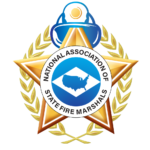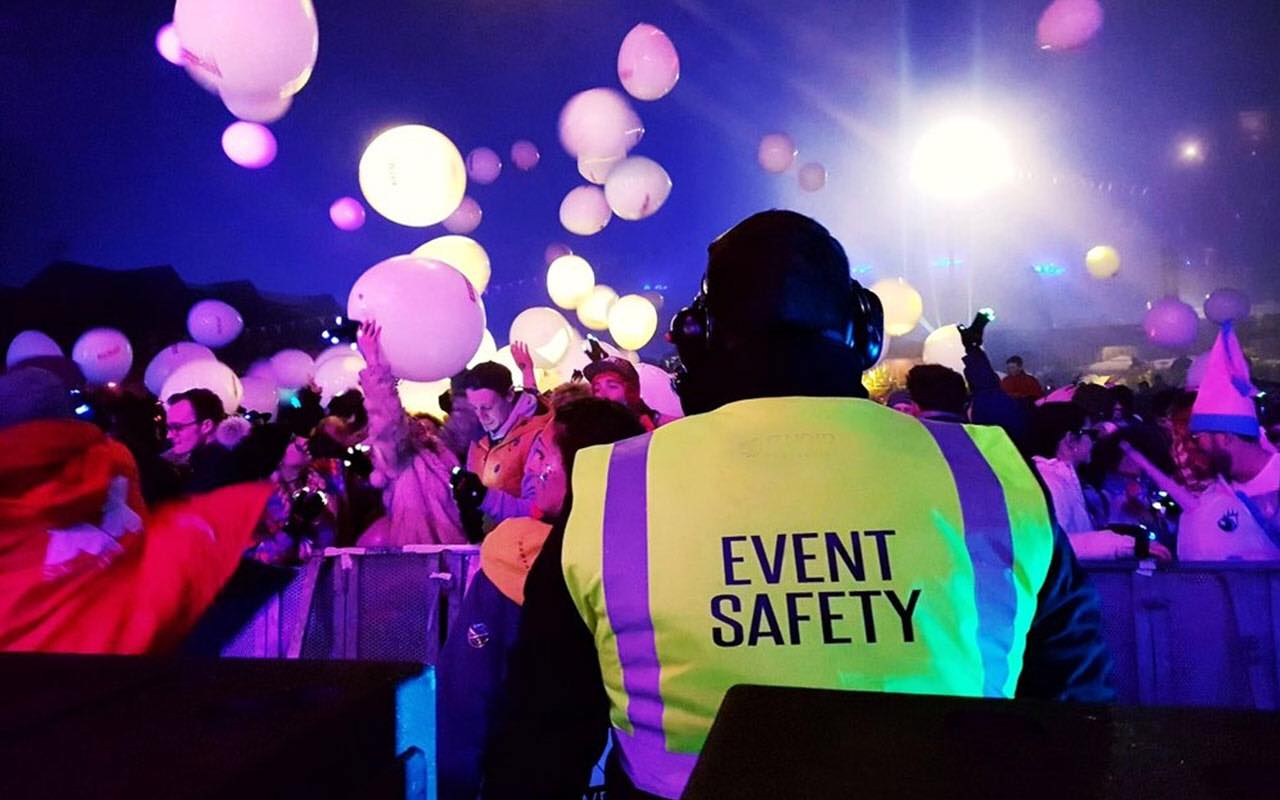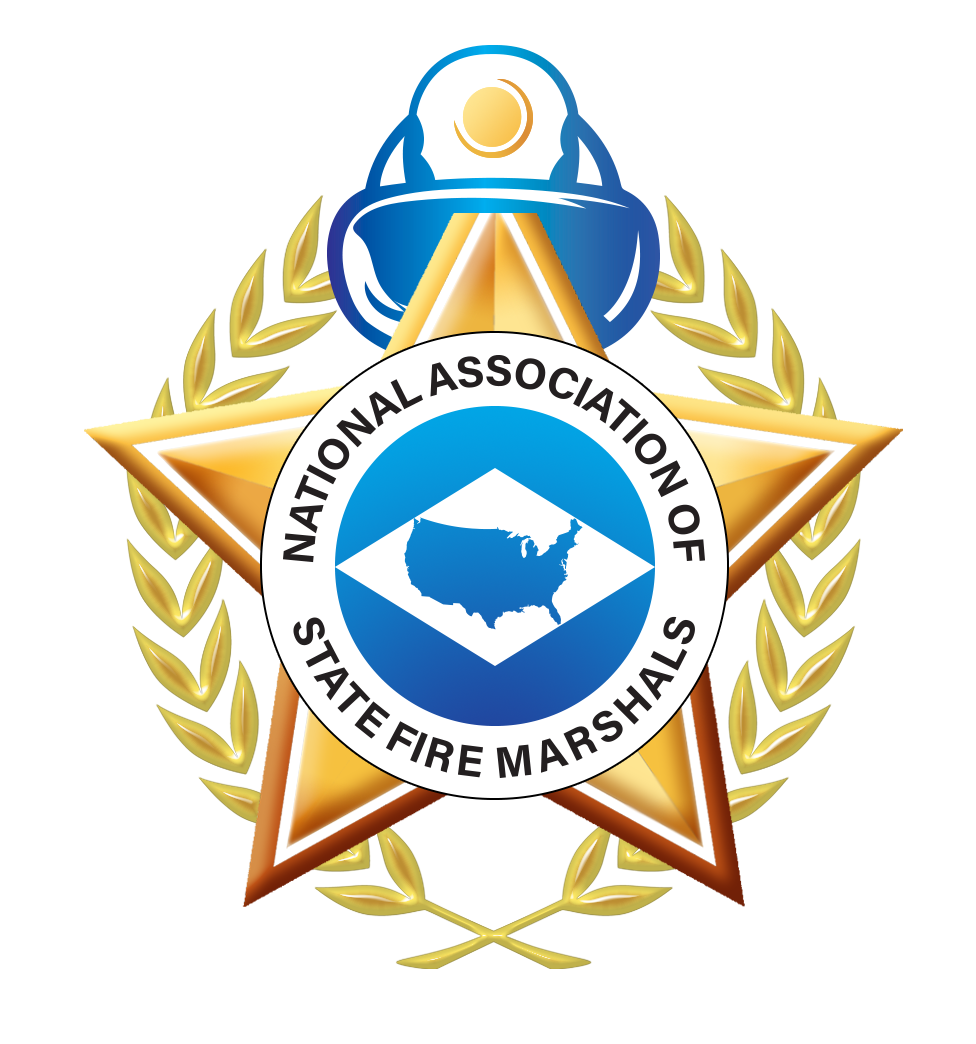
NASFM CROWD MANANGER TRAINING PROGRAM

This web-based interactive program, developed using industry standards, subject matter experts and coordinated by a committee of five state fire marshals, has been designed to give those persons designated as crowd managers the information necessary to provide occupant safety wherever people gather.

Who or What is a Crowd Manager?
A crowd manager can be a manager, supervisor or other employee of a venue such a bar, theater, nightclub, school, arena, or anyone hosting large crowds. The duties of crowd managers include conducting an inspection of their area of responsibility to identify and address any obstructions or barriers to exits and to direct and assist event attendees in evacuation during an emergency.
Learn what to do in an emergency ... before one occurs

NYSFMIA supports the efforts of the National Association of State Fire Marshals (NASFM) to provide a self-paced, on-line learning program to those individuals who are employed at a business or venue that meet the new threshold requiring crowd managers

Supported and endorsed by
National Association of State Fire Marshals
Crowd manager training is required by all national fire code standards in public assemblies such as nightclubs, auditoriums, ballrooms and arenas.
This 2-hour online course was written by fire safety code experts in accordance with NFPA 101 Life Safety Code, NFPA 1 Fire Code as well as the International Fire Code (IFC), and includes:
- 30 days of 24×7 access – fit to your schedule
- Real-world scenarios that help you apply what you learn
- Practice questions throughout the course
- Electronic wallet and wall certificates
- Compatible with modern mobile devices
Participants who successfully complete the course will learn how to:
- Conduct pre-event inspections to identify problems with exits and egress paths and ensure required fire systems are operational
- Use a portable fire extinguisher
- Guide the crowd in an emergency
- Recognize when to use protection strategies, including defend-in-place, evacuation or partial evacuation
- React to deteriorating weather conditions
- Identify problem attendees and how to respond once they’re identified
- Coordinate with emergency responders
Through the use of interactive, scenario-based learning, the course teaches safety procedures such as: how to properly evacuate an event; when to implement a protect-in-place plan; what to look for before an event begins; and managing both indoor and outdoor events. Interactive “quick checks” are sprinkled throughout the course so learners can be confident they understand key concepts.
Real-life situations are inserted throughout the course to help apply what is learned.

